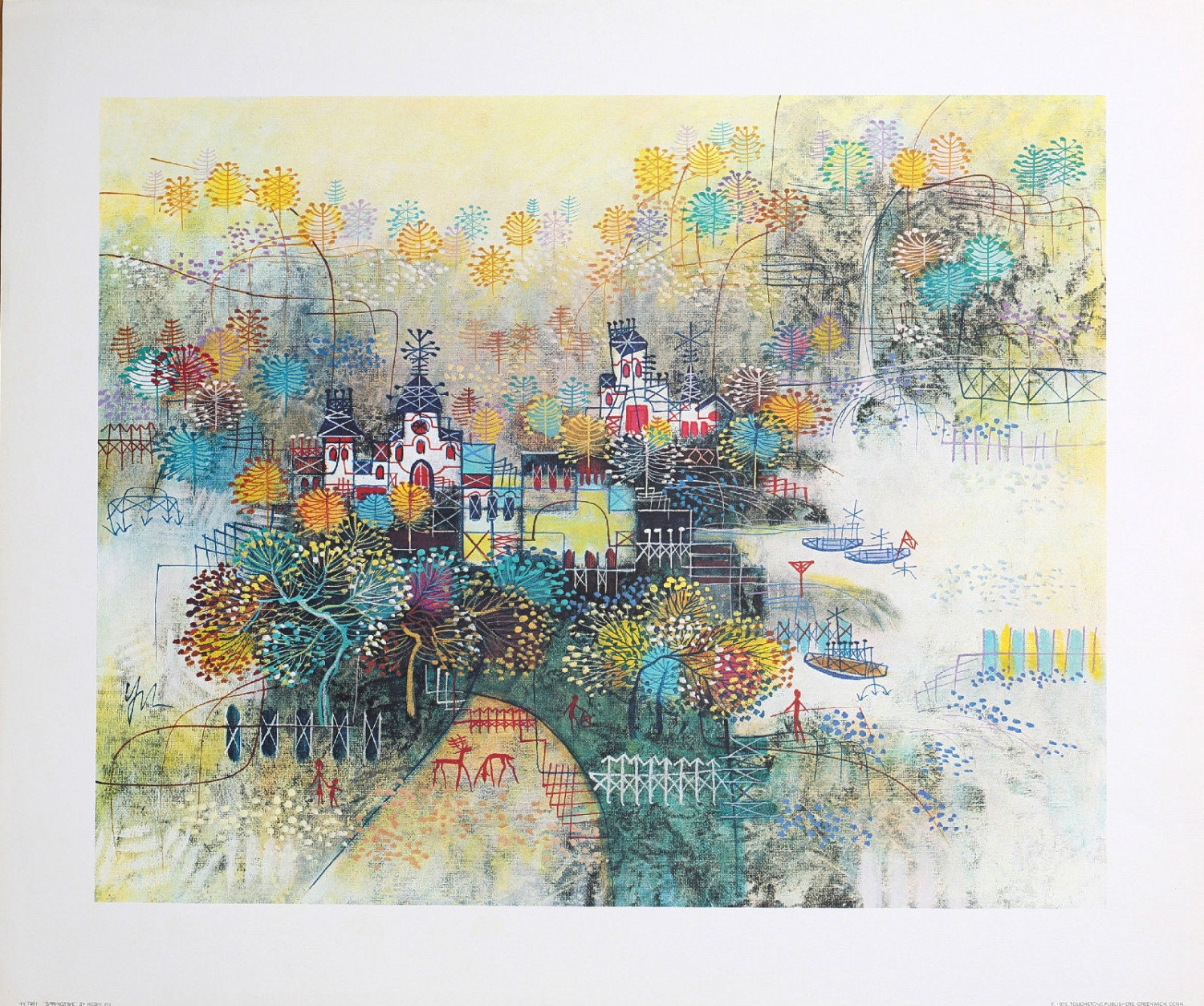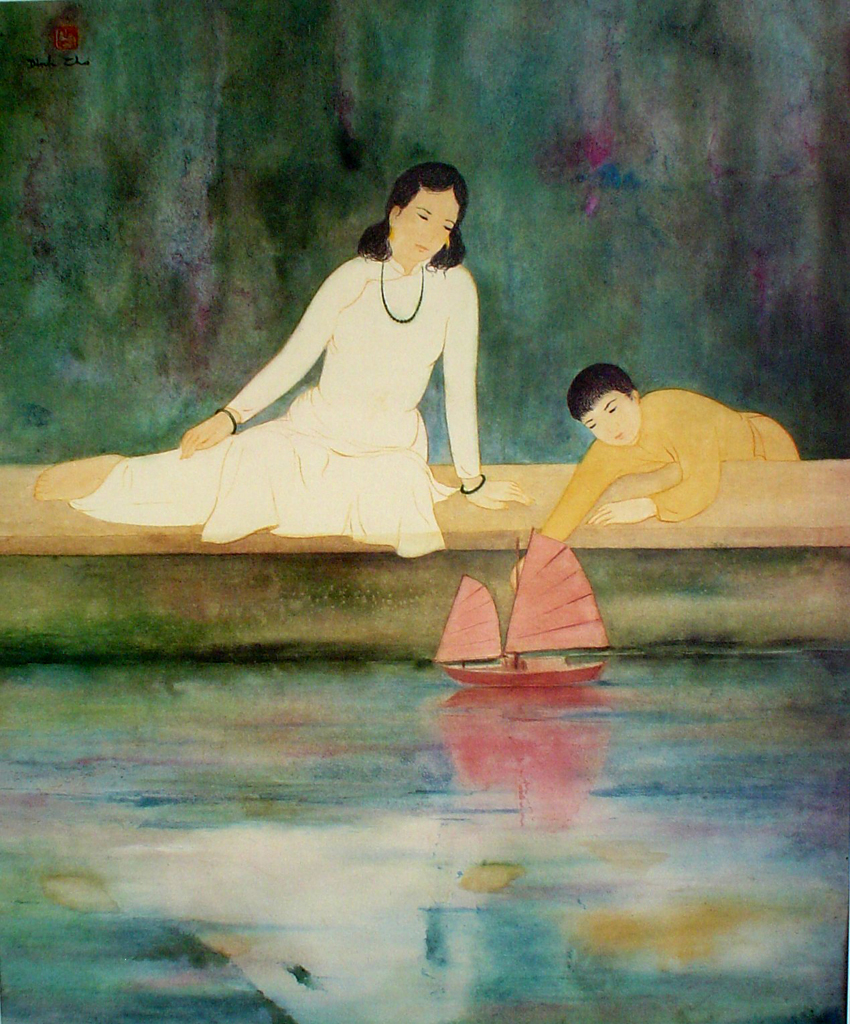

Here are some of the great examples we have found over the years. But just a few years later, the recognition they had fought for was gained, and a plethora of artist all over the Western Hemisphere were practicing this most flexible of artistic printmaking technique.

then the lithograph and some of the other traditional fine art prints might. The first artists to really use lithography in color to express themselves were Henri de Toulouse-Lautrec and René Georges Hermann-Paul, circa 1890. Giclee prints and lithographs are for professional artists and photographers. Fine art color lithography took a little while longer to develop. Initially used for ephemera, such as announcements, color lithography quickly became the technique of commercial poster production.

It took a few decades for lithographs as artistic objects to gain some recognition, and another few for color to become part of that canon. It was mostly used as a means to reproduce accurately. As a matter of fact, for the first few decades of its existence only a handful of artists used it in a truly creative way. When lithography was invented (circa 1796 by Aloys Senefelder), initial users could scarcely fathom what would come of the technique.


 0 kommentar(er)
0 kommentar(er)
